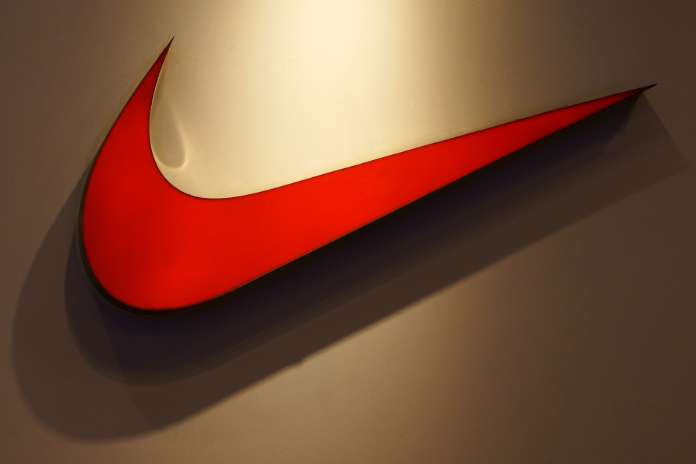Nike Inc. (NYSE:NKE)
In the wake of a downgrade to “equal weight” from British bank Barclays this morning, shares of sportswear giant Nike stock fell off early Tuesday and remained down 4.1% as of 1 p.m. ET.
Fortunately, Barclays predicts that Nike stock will peak at around $110 per share in a year rather than $125.
What’s the Reason
Indeed, $110 is over the $102 and change that Nike stock trades for today, indicating there may be as much as a 7% upside in the stock, which also offers a tiny 1.1% dividend yield. That still represents an opportunity for a profit of almost 8%, despite the cut.
The issue is that the negative news seems preponderant at the moment. The bad news is that at least five significant, interconnected factors argue against purchasing Nike stock at the present time, as reported by Barclays. Specifically:
- Chinese efforts to stem the spread of coronavirus have maintained the “volatility” of the country’s financial markets. The threats that Barclays sees developing in China go beyond that.
- Meanwhile, in the United States, stores have a surplus of footwear.
- This surplus of goods results in “bearish Wholesale sector demand risk.”
- Demand from consumers in the United States and Europe may continue to “erode.”
- And to top it all off, Nike, headquartered in the United States, has “FX [foreign exchange] headwinds” from Europe, where lower currencies mean fewer dollars earned on Nike’s bottom line in the United States.
What’s Next?
In a situation where supply exceeds demand, what happens? According to StreetInsider, Barclays is betting it will cause a wave of discounts and deals “across U.S. Retail” this fall and winter, resulting in a decline in profit margins. Barclays forecasts that this will cause a decline in wholesale orders from retailers for Nike shoes as we go towards spring 2023, which will negatively impact the company’s revenue and profit.
Lowering prices to shift Nike Inc.’s (NYSE:NKE) own inventory (or to compete with other shoemakers’ inventory) might end two years of improving gross profit margins and slow sales growth for Nike. Given that S&P Global Market Intelligence data shows that most analysts expect Nike Inc. (NYSE:NKE) to grow earnings at only about 8.5% annually over the next five years, this might reduce Nike’s earnings growth to the middle of the single digits.
Since Nike’s stock is trading at over 28 times earnings, significantly above the average P/E ratio for S&P 500 equities, Barclays no longer believes the company to be inexpensive. Actually, neither do I.
Featured Image – Megapixl © Zllgzxy894
















